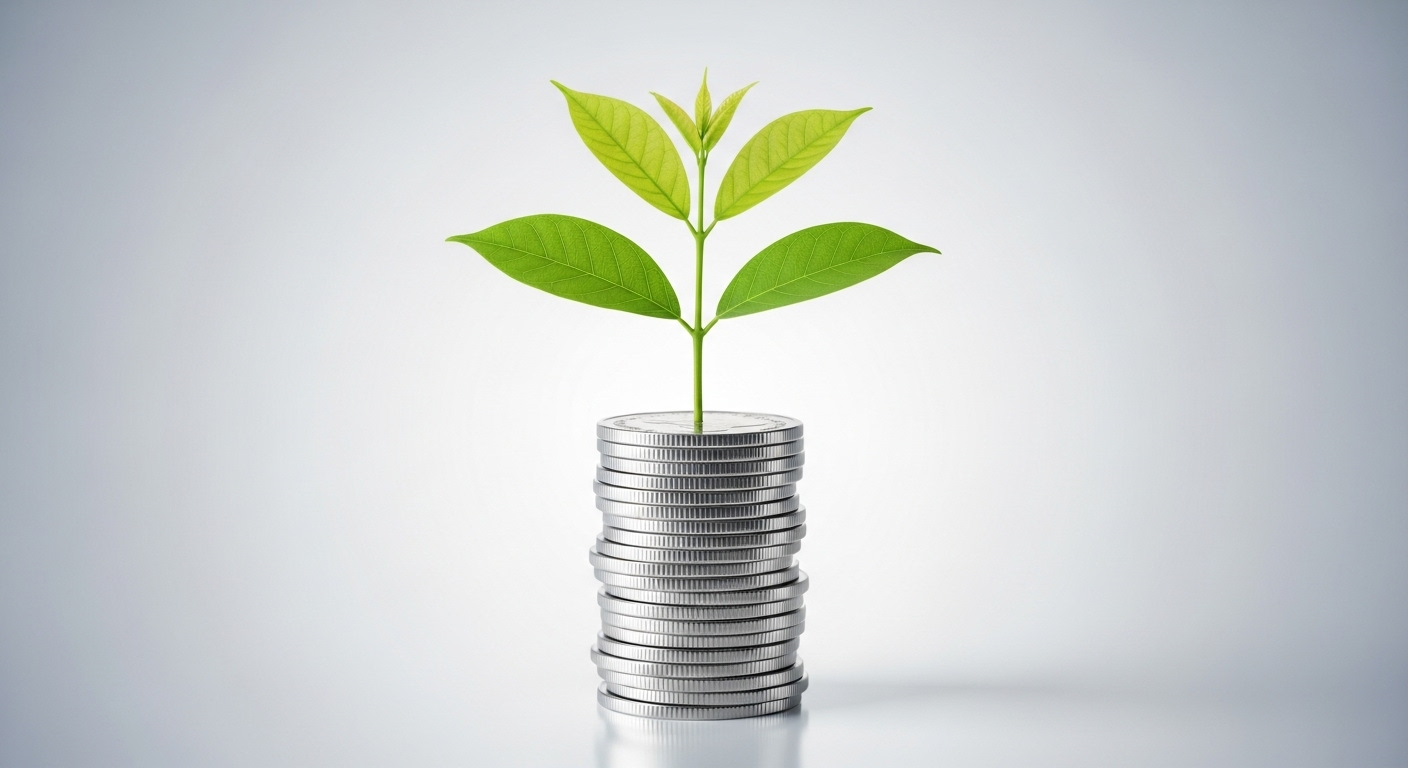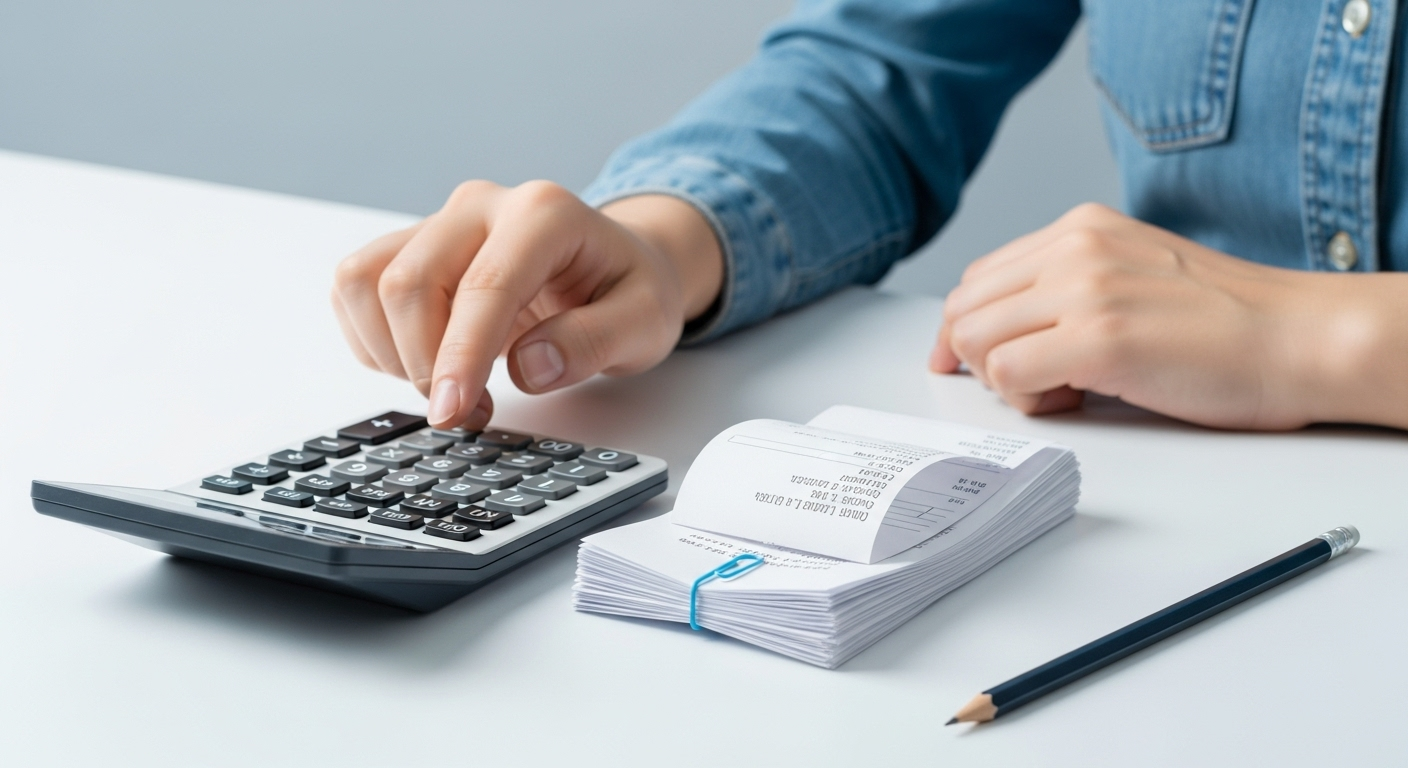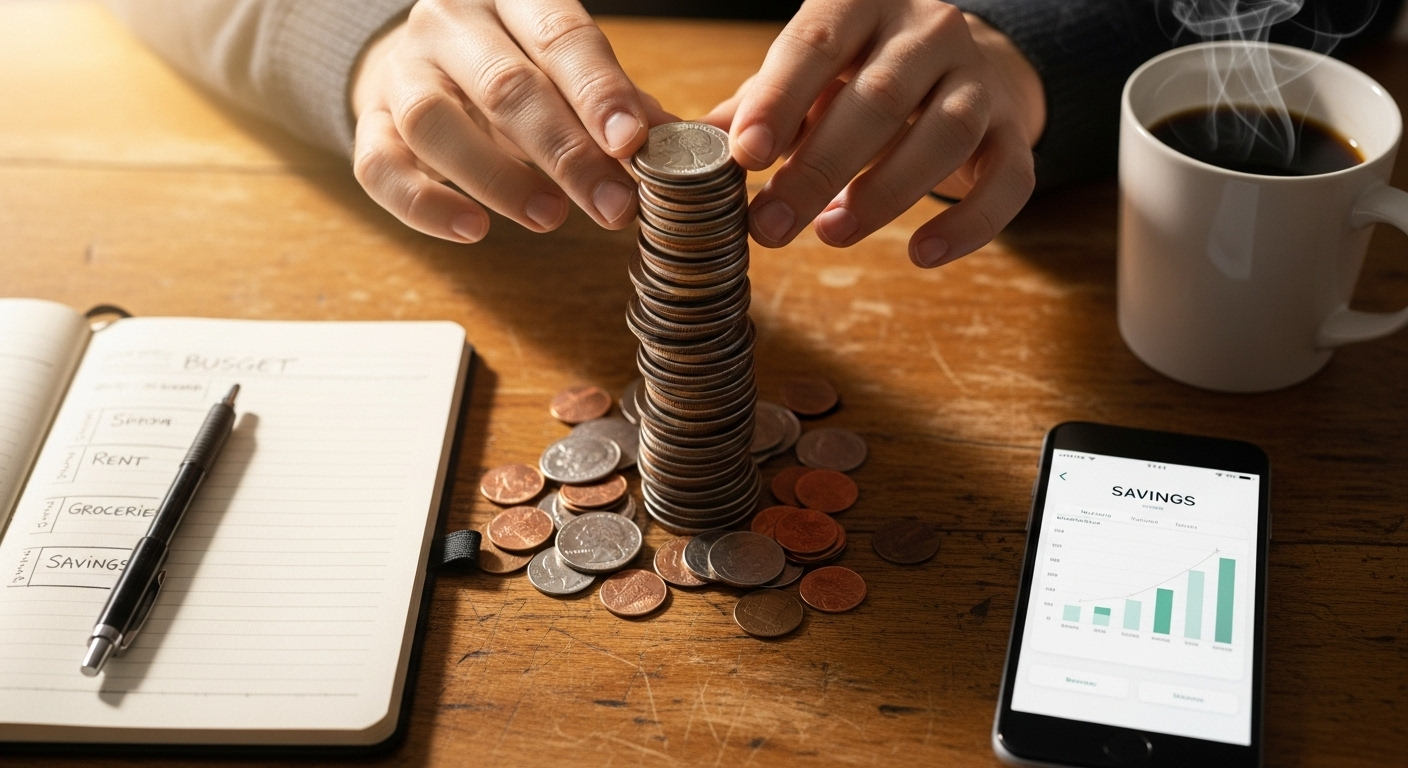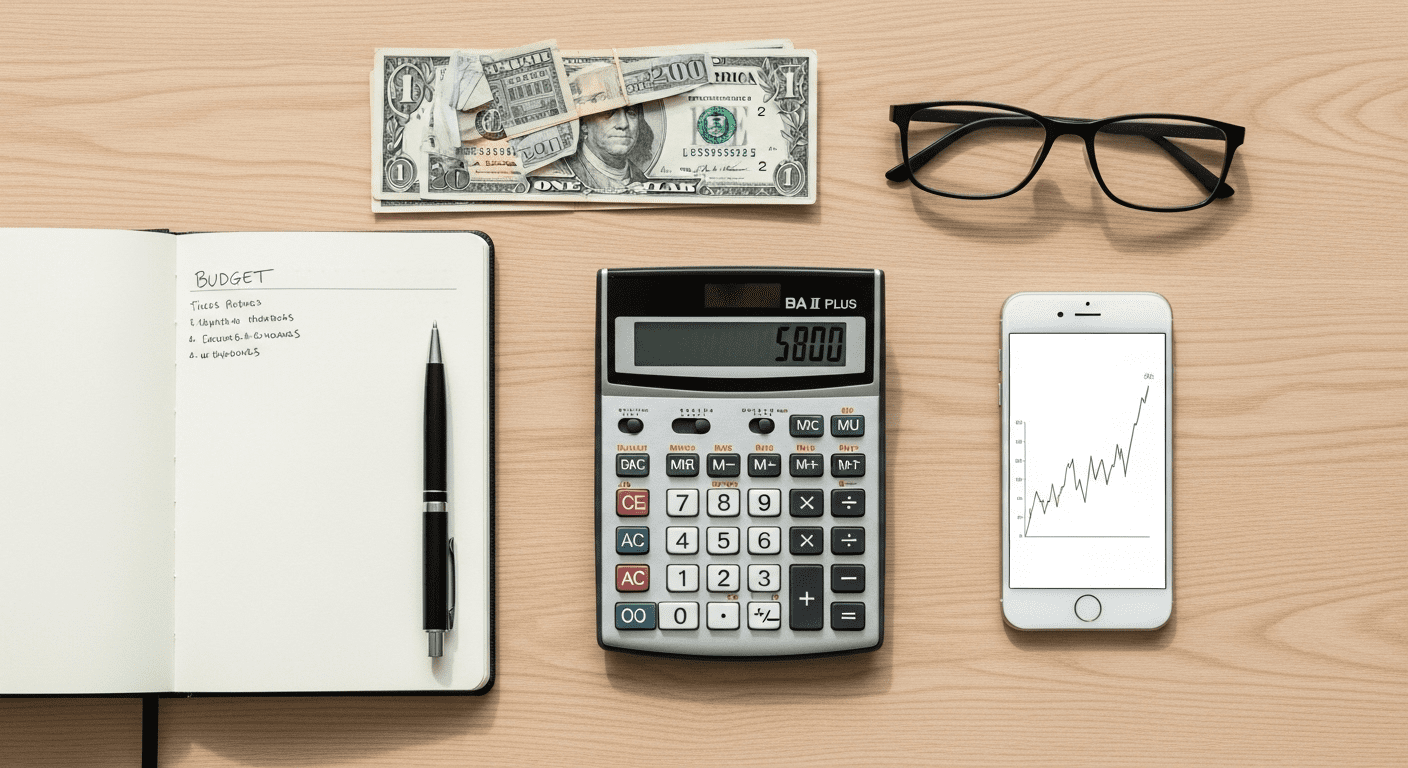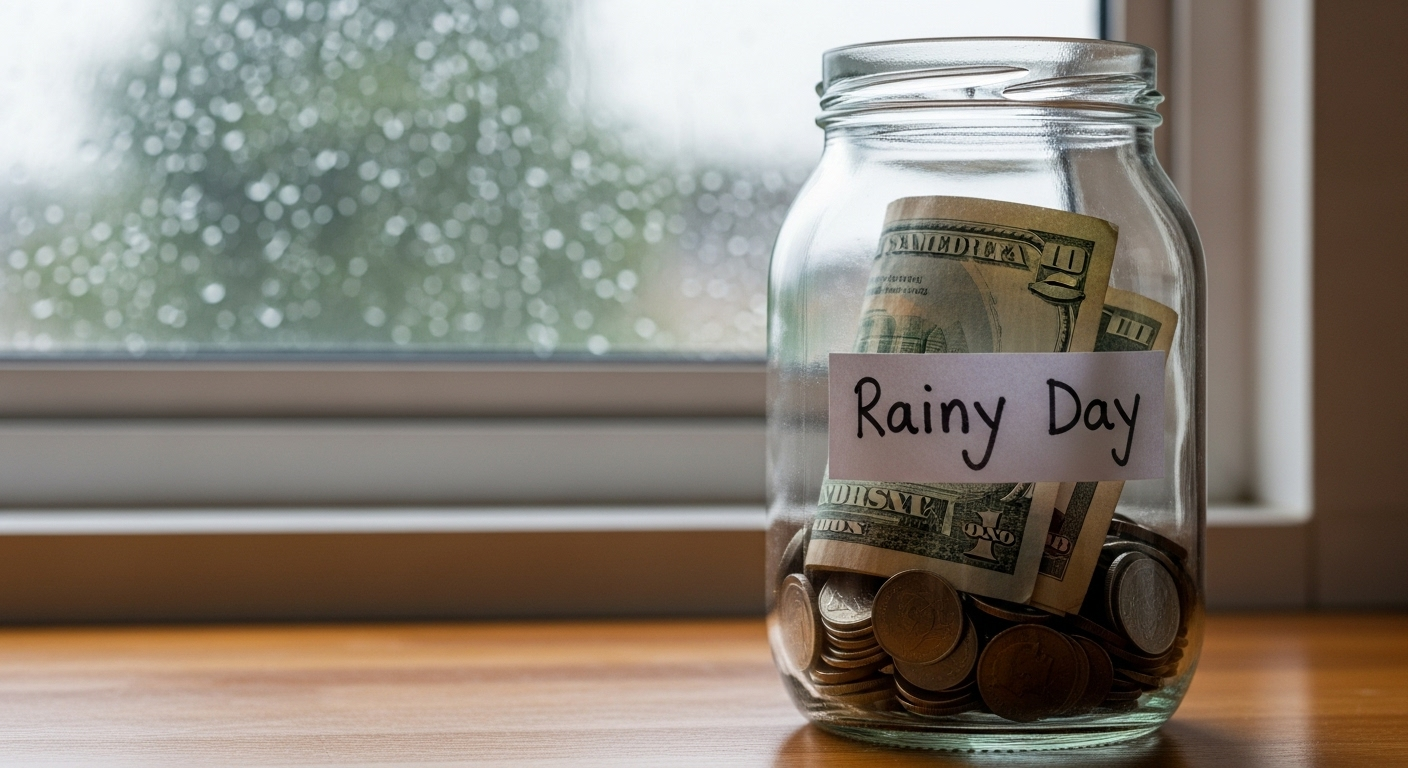
I have a friend who calls it “Go to Hell” money. A bit dramatic, maybe. But the spirit is dead on. It’s that cushion of cash, sitting quietly in a savings account, that gives you the power to look at a terrible situation—a toxic boss, a sudden layoff, a busted transmission and say, “You know what? I’ll be okay.”
We call it an emergency fund, but that sounds so… clinical. So boring. It doesn’t capture the sheer, unadulterated freedom that money represents. It’s not about getting rich. It’s about not being trapped. It’s the financial equivalent of a fire extinguisher. You hope you never have to use it, but you sleep a whole lot better knowing it’s there.
But the big, anxiety-inducing question is always the same: how much is enough? The advice is all over the place. Three months of expenses! Six months! A year! The numbers are so big they can feel completely paralyzing, making you not even want to start. So let’s just get real about it. What does a useful emergency fund actually look like for a normal American household?
The Golden Rule (and Why It’s a Little Misleading)
You’ve heard the rule. The classic, personal finance 101 answer is that you should have 3 to 6 months of living expenses saved. And look, it’s not bad advice. It’s a fantastic goal. A North Star to aim for.
But here’s the problem with it: for someone starting from zero, staring up at a goal of saving $15,000 or $30,000 feels like being told to go climb Mount Everest in your flip-flops. It’s so intimidating that it often leads to inaction. You save nothing because the “right” amount feels impossible.
So, I want you to take that 3-6 month rule, acknowledge it, respect it, and then gently put it on a high shelf for a little while. We’re going to start with a goal that’s far more powerful, because it’s actually achievable.
Okay, Now We Can Talk About 3-6 Months
Once you’ve hit that one-month bare-bones goal, now you can start the slow and steady climb toward the big leagues. Whether you aim for three months or six depends entirely on your personal situation. It’s a risk calculation.
Aim for 6+ months if:
- You are the sole breadwinner for your family.
- You work in a volatile industry with frequent layoffs (like tech or media).
- You are self-employed or a freelancer with unpredictable income.
- You have a chronic health condition or high medical expenses.
You might be comfortable with 3 months if:
- You are in a two-income household.
- You work in a very stable field (like healthcare or government).
- You have a strong support system or other sources of funds you could tap in a true crisis.
This is your ultimate goal. This is the “Go to Hell” money. This is the fund that lets you navigate life’s biggest storms without sinking the ship. It’s a long journey, but it starts with that first, manageable step.
Frequently Asked Questions (FAQs)
Where should I keep my emergency fund? Is a regular savings account okay?
Yes, but a high-yield savings account (HYSA) is even better. These are online savings accounts that pay a much higher interest rate than the sad 0.01% you get at a big brick-and-mortar bank. Your money is still safe (FDIC-insured), liquid, and accessible, but it will actually grow a little bit instead of just sitting there. The key is to keep it separate from your regular checking account so you’re not tempted to spend it.
What about my credit card? Isn’t that an emergency fund?
No, no, a thousand times no. A credit card is not an emergency fund; it’s an emergency loan. Using a credit card turns one crisis (a broken-down car) into a second, longer-lasting crisis (high-interest debt). Your emergency fund is your shield. A credit card is a hole you have to dig your way out of.
Should I pay off my high-interest debt before I build an emergency fund?
This is a classic financial dilemma. The best approach for most people is a hybrid one. First, save up that $1,000 starter emergency fund. Hit pause on extra debt payments and get that buffer in place. Then, once you have that, you can switch gears and aggressively attack your high-interest debt (like credit cards). Once the high-interest debt is gone, you can go back to building your fund up to that 3-6 month goal.
What actually counts as an “emergency”?
A true emergency is something that is urgent, unexpected, and necessary. A job loss, a medical crisis, or a critical home/car repair are emergencies. A last-minute flight for a friend’s wedding, a sale on a new TV, or a concert ticket are not emergencies. You have to be brutally honest with yourself and protect the fund for its true purpose.



